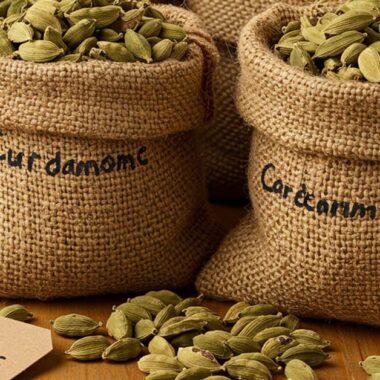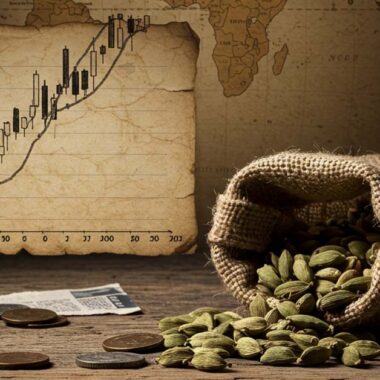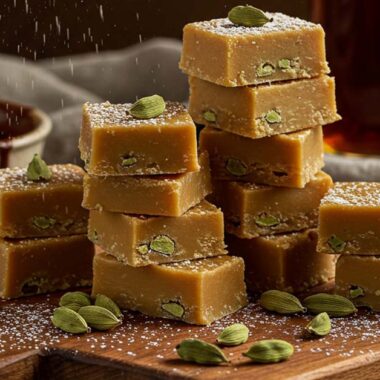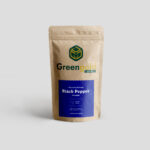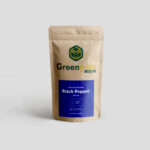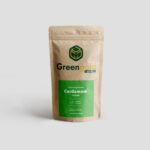For centuries, the spice trade was one of the most fiercely contested economic battlegrounds, shaping the course of history. Among the many spices fought over—like pepper, cloves, and cinnamon—cardamom held a special place due to its rarity, exotic aroma, and high value. Let’s dive into how this “Queen of Spices” played a role in the global spice trade wars! ⚔️📜
🌍 The Early Demand for Cardamom in Global Trade
Cardamom has been prized since ancient times, originating from the lush rainforests of India and Sri Lanka. The Egyptians, Romans, Greeks, and Arabs valued it for its culinary, medicinal, and cosmetic uses.
✔️ Ancient Egyptians – Used cardamom in embalming and as a breath freshener.
✔️ Romans & Greeks – Added it to wines and perfumes.
✔️ Arab Traders – Brought cardamom from India to the Middle East and Europe through the Silk Road and maritime spice routes.
💡 By 1000 BCE, cardamom had already become a luxury trade item, setting the stage for future conflicts.
⚔️ The Spice Trade Wars: European Powers Compete
During the 15th–17th centuries, European powers fought for control over the spice trade, leading to conflicts, colonization, and monopolies.
🇵🇹 1. The Portuguese Monopoly (1498-1600s)
When Vasco da Gama reached India in 1498, the Portuguese took control of Malabar’s spice trade (modern-day Kerala), including cardamom plantations.
✔️ They imposed heavy taxes on local spice farmers.
✔️ Restricted Arab traders from exporting directly to Europe.
✔️ Used military force to protect their monopoly.
💡 Impact: The Portuguese became the first European rulers to dominate the Indian Ocean spice trade, making cardamom one of their key exports.
🇳🇱 2. The Dutch Take Over (1600s-1700s)
The Dutch East India Company (VOC) challenged Portuguese control, using their superior navy to seize trading posts along the Malabar Coast.
✔️ Established spice plantations in India, Sri Lanka, and Indonesia.
✔️ Enforced strict monopolies on farmers, ensuring they sold only to the Dutch.
✔️ Increased cardamom cultivation to meet rising European demand.
💡 Impact: The Dutch controlled the cardamom trade for over a century, exporting massive quantities to Amsterdam, London, and Paris.
🇬🇧 3. The British & the Expansion of Cardamom Trade (1800s-1900s)
By the 19th century, Britain had taken control of India, leading to large-scale commercial farming of cardamom.
✔️ British planters expanded cardamom cultivation in Kerala’s Western Ghats.
✔️ Industrial revolution innovations allowed for better transportation & storage.
✔️ The British used cardamom as a high-value export to meet growing demand in Europe and the Middle East.
💡 Impact: The British made cardamom a globally traded commodity, with Indian cardamom becoming a dominant player in the market.
🌿 The Role of Arabian & Asian Traders
While European powers fought for control, Arab and Asian traders played a key role in keeping the spice trade alive.
✔️ Arab merchants had been trading cardamom with the Middle East for centuries.
✔️ Chinese traders used it in traditional medicine and cooking.
✔️ Indian farmers resisted colonial monopolies, leading to the rise of independent spice trade networks.
💡 Today, major cardamom producers include India, Guatemala, and Sri Lanka, continuing a centuries-old tradition.
📈 The Legacy of the Spice Trade Wars on Cardamom Today
🔥 High Demand: Cardamom remains one of the most expensive spices in the world.
🚢 Global Trade: India and Guatemala are the top exporters, with the Middle East and Europe being major consumers.
💰 Price Fluctuations: Cardamom prices are still affected by geopolitical events, economic crises, and climate change.
🔗 Want Premium Cardamom? Buy Now! 👉 Greengold Guide 🌿✨

